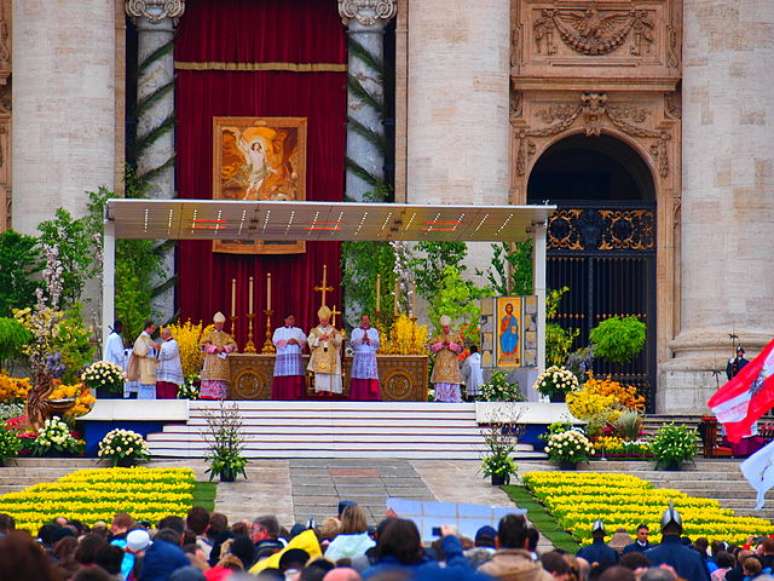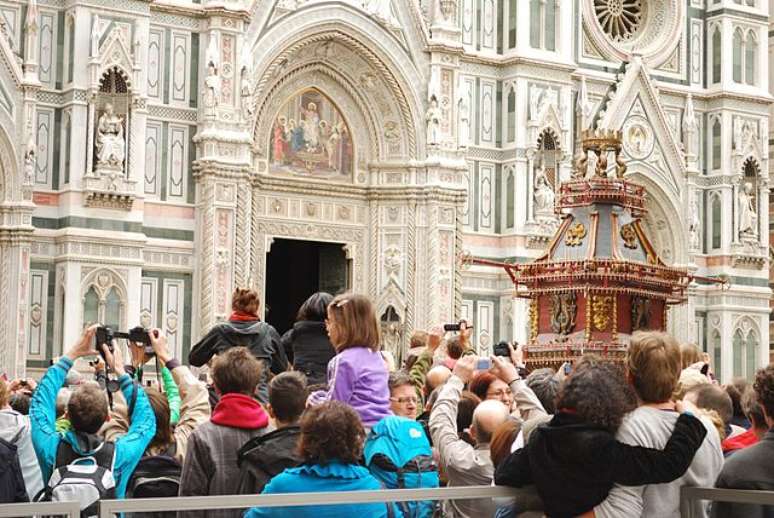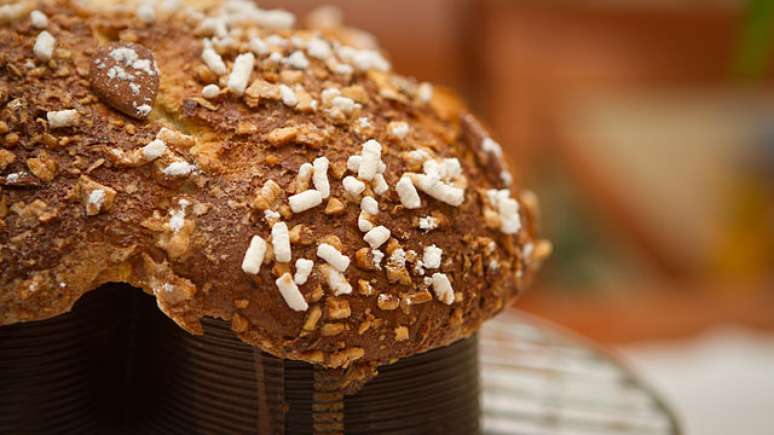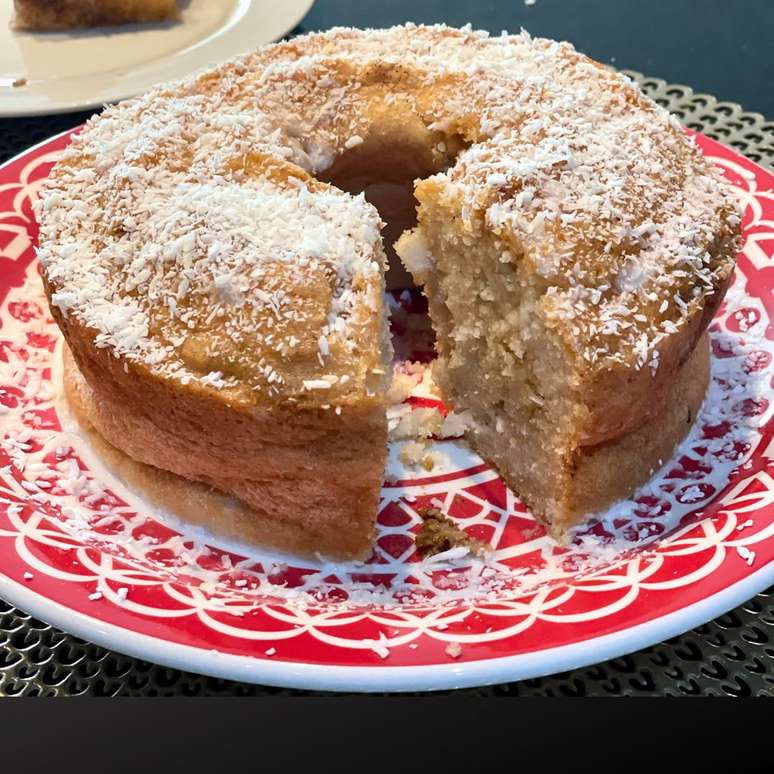Discover the festivals, traditions and typical foods of eight Italian cities
Italy is, without a doubt, a religious country where Catholic rites play an important role in the lives of its people. It couldn’t be otherwise: centuries of tradition have existed since Rome became the seat of the Catholic Church. Here the Passion and Resurrection of Christ mix with the ancient pagan rites of the arrival of spring, celebrating life and abundance. The celebrations don’t end on Sunday: Monday, it’s called Easterit is also a public holiday and tradition recommends picnics and walks in the open air.
But obviously the appointment is also synonymous with eating well! Easter Sunday begins with a special breakfast which represents the first substantial meal after the 40 days of Lenten fasting. It is common to take melted, hot drink made with dark chocolate. At lunch, which lasts up to three hours with the family gathered around a large table, the protagonist is the Abbacchio (little lamb). For dessert, various types of fruit, chocolates and the traditional Easter dove.
Legend has it that the Easter dove appeared in Pavía, in northern Italy, in the 6th century: when the city was about to be sacked by the soldiers of Alboin, king of the Lombards, a baker decided to make a cake in the shape of a dove, an animal which represents peace. The invaders liked the gift so much that they decided to spare the city.
Below, see how different places in Italy celebrate Easter:
Rome, Lazio
The ancient Romans celebrated a fertility cult at the same time of year which today corresponds to Easter. The celebrations consisted of looking for hidden eggs to receive sweets as a reward, as well as rolling the eggs without breaking them as much as possible. Today the Easter liturgy takes place in the Vatican with ceremonies, processions and a festive mass officiated by the Pope, in which thousands of pilgrims from all over the world participate. The apotheosis of the Holy Week celebrations is the annual blessing Urbi et Orbiin St. Peter’s Square.

Valgardena, Trentino-Alto Adige
Nestled in the mountains of the Dolomites, in the far north of Italy, Val Gardena keeps alive an ancient tradition called Ji a ueves. On March 19, St. Joseph’s Day, the city’s single men go to the homes of single women and order painted eggs to be collected on Easter Monday. If one of them interests one of the girls, she will paint the egg differently from all the others, so that the suitor knows that she is reciprocated. The remaining eggs are buried under the snow, which still covers the entire region at this time of year. Subsequently, with the arrival of spring, children have fun finding the eggs.
Florence, Tuscany
A cart pulled by four white oxen, decorated with flowers and colorful decorations, arrives in Piazza del Duomo together with a large procession. Parked between the Baptistery and the Cathedral, the car loaded with gunpowder is connected by a rope to the church, from where a spark in the shape of a dove shoots out. When it reaches the car, it causes an explosion.
OR Explosion of the Chariot (something like “exploding a car”) has been happening since 1007. The rite appeared as a way to celebrate the arrival of the first Christian, who was Florentine, in Jerusalem. Starting from the 15th century, however, the festival took on a new meaning: farmers believe that if the dove reaches the cart precisely, the year’s harvest will be good.
This time of year, it is common to take Holy wine, a wine considered sacred because its grapes are harvested and left to dry just in time for the drink to be ready during the Easter period. Wine is also used to wet the Cantuccini, traditional Tuscan almond biscuits.

Naples, Campania
At the foot of Vesuvius in southern Italy, the city is known for having created the Wheat Pastiera. This cake made of wheat, ricotta, sugar and eggs, made according to ancient traditions, was already enjoyed during pagan spring festivals. He also came from Naples Easter cake, today widespread in all regions of the country, in which whole eggs are cooked together with the cake dough and filling.
Chieti, Abruzzo
It is one of the oldest cities in Italy: legend has it that it was founded by Achilles in 1118 BC. To celebrate Easter, the local population carries out the procession hooded (hooded), which recalls our Fogaréu Procession. On Good Friday, men entirely covered in hoods and cloaks parade by torchlight through the narrow streets of the historic center to the sound of sacred music. On Easter Sunday, however, everyone in the city wears colorful clothes.
Caltanisseta, Sicily
On Good Friday, the city promotes True Masterya procession led by foliage, sellers of wild herbs, singing laments in an archaic dialect. Then come the representatives of teachers, former arts and crafts guilds, all dressed in black as a sign of mourning. On Easter Sunday, joy reigns, expressed in lunches based on various pastas. Highlight for the cavateddi, made only with wheat flour and water, washed down with succulent sauces lamb (lamb). For dessert, the classic Nougatwith honey, almonds or pistachios.
Trapani, Sicily
Founded by the Greeks and used as a commercial port by the Phoenicians, Trapani carries out another large procession with a sequence of floats carrying scenes and sculptures representing the Via Crucis. Among the famous Sicilian desserts, those based on almond paste, such as egg-puppet (bird with eggs, in Sicilian dialect) and a huge variety of biscuits, decorated with colored sprinkles. Without forgetting, of course, the delicious cannoli.
Source: Terra
Ben Stock is a lifestyle journalist and author at Gossipify. He writes about topics such as health, wellness, travel, food and home decor. He provides practical advice and inspiration to improve well-being, keeps readers up to date with latest lifestyle news and trends, known for his engaging writing style, in-depth analysis and unique perspectives.





![Plus Belle La Vie ADHER: Mistral farewell to Samuel … which awaits you a week from June 14 to July 18, from July 18, 2025 to July 18, 2025 [SPOILERS] Plus Belle La Vie ADHER: Mistral farewell to Samuel … which awaits you a week from June 14 to July 18, from July 18, 2025 to July 18, 2025 [SPOILERS]](https://fr.web.img6.acsta.net/img/7b/07/7b078e62648522533356d00e1432dca3.jpg)


![Tomorrow belongs to us in advance: Delkut’s family in disorder .. which is waiting for you for a week [SPOILERS] Tomorrow belongs to us in advance: Delkut’s family in disorder .. which is waiting for you for a week [SPOILERS]](https://fr.web.img5.acsta.net/img/0b/7f/0b7ffc0c40cf57fa2d77c6bf4e0c9c8c.jpg)
